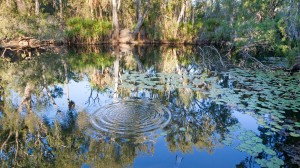Forests and the bioeconomy: challenges and opportunities

Elspeth MacRae delivering her keynote speech. Photo: Gerda Wolfrum, IUFRO Headquarters
Keynote speech by Elspeth MacRae, Scion, New Zealand
Read an interview with Dr. MacRae at: https://blog.iufro.org/2016/09/01/interview-with-dr-elspeth-macrae-scion-new-zealand/
Find biographic information at: http://www.iufro.org/events/congresses-regional/#c25751
The future holds tremendous challenges for the world with the increase in population probably being the largest one. As a consequence, we expect a need for a 70% increase in the amount of food available by 2050. The demographic changes and new lifestyles will put a growing pressure on the natural resources, exacerbate the effects of climate change, deplete soils and make water a scarce commodity, among other things. Read more…
The crucial role of forests in combatting climate change
Session title: A-03 (76) Implications of the Paris Climate Change Agreement (CoP21) on Forests, Water and Soils
Moderator: Richard J. Harper, IUFRO Taskforce Coordinator “Forests, Soil and Water interactions”, Murdoch University, Australia
Tuesday, 25th of October 2016, 10:30-12-30 (306B)
Find more information on the IUFRO Task Force of Forests, Soil and Water interactions at: http://www.iufro.org/science/task-forces/forests-soil-water/

Tree at lake, Laos. Photo: all-free-download
The Paris Agreement established the ambitious goal to limit the global rise in temperature to below 2° C. This session took a look at the impact climate change as well as mitigation measures potentially have on forests, soil conservation and carbon mitigation. Read more…
Nature-based solutions to climate change mitigation and adaptation
Session D8-03(42)
Moderator: Xiaoquan Zhang
Tuesday, 25 October 2016, 10:30-12:30 (Room 305)
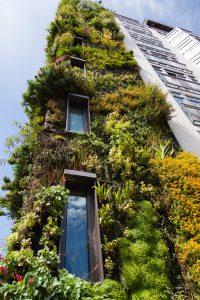
Green hotel. Photo: Vera Kratochvil
During the past 15 years, the rapid expansion of fossil fuels usage has raised global greenhouse gas emissions to the highest levels to date. This has led to a rise in surface temperatures and a significant increase in climate-related risks, including the loss of sea ice in the artic ocean, reduction of mountain glaciers, sea level rise, loss of endangered species, to name but a few.
In urban territories, solar energy and heat are absorbed to a greater extent than in rural areas, thus reducing the evapotranspiration and creating warmer environments. Consequently, the energy demand for cooling is expected to grow strongly with climate change. However, in many cities there is a potential for cooling urban microclimates through adding vegetation and trees and greening roofs and city areas. This will not only help to save energy, it will also be beneficial to the health and quality of life of city dwellers. Read more…
Forest Environment under Changing Climates and Societies
Opening of the first ever IUFRO All Division 8 “Forest Environment” Conference on 23 October, 2016, in connection with the IUFRO Regional Congress for Asia and Oceania in Beijing, China
In his inaugural statement IUFRO Division 8 Coordinator Jean-Michel Carnus highlighted the complete alignment of IUFRO Division 8’s thematic focus with the Regional IUFRO-AO 2016 Congress theme of “Forest Environment under changing climates and societies“.
Recognizing that the participants were the most important ingredients of a successful Congress, IUFRO Vice-President Björn Hånell proudly acknowledged the 20 sessions and 100 presentations of Division 8 that had been fully integrated into the Congress program. He pointed out that the need for knowledge on forest environment had never before been so urgent. And, since such a broad field cannot be mastered alone, scientific cooperation and networking are of utmost importance. Read more…
IUFRO Spotlight #38 – Climate Change and Invasive Alien Species Worsen Outlook for Forest Health
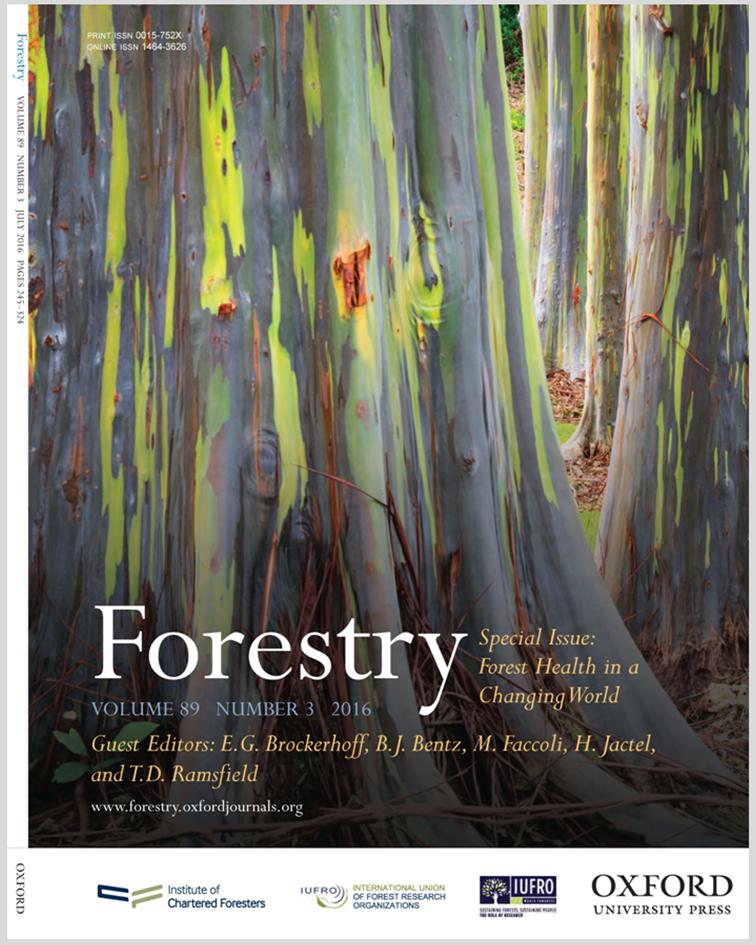
As global trade has expanded, there has also been an accompanying increase in invasions of insects and pathogens into areas where they never before existed.
In many cases these invasions have caused significant forest damage, negative economic impacts and loss of forest ecosystem services.
Meanwhile, climate change is affecting the geographic distribution of host trees and their associated insects and pathogens. Increased pest impacts – both native and alien – can be expected.
Spotlight #35 – Cool it! Use Forest Landscape Restoration to Fight Climate Change

The stoplight tool is essentially a simplified presentation of complex restoration initiatives, and how they may contribute to climate change mitigation and adaptation and vice-versa, in a specific local context. (Image by Yougen/iStock)
Forest landscape restoration (FLR) can be a major weapon in the battle against climate change.
FLR can contribute to climate change mitigation and adaptation by increasing the productivity of landscapes and by enhancing the resilience of forest ecosystems and reducing the vulnerability of forest-dependent communities.
When one considers that about 25% of the world’s land surface is being degraded in one way or another and about 15% of that land surface is considered appropriate for forest landscape restoration, it underlines both the need for significant remedial action while, at the same time, pointing to a reasonable and beneficial way to achieve that restoration. Read more…
Spotlight #34 – Investigating Potential and Risks in Biomass
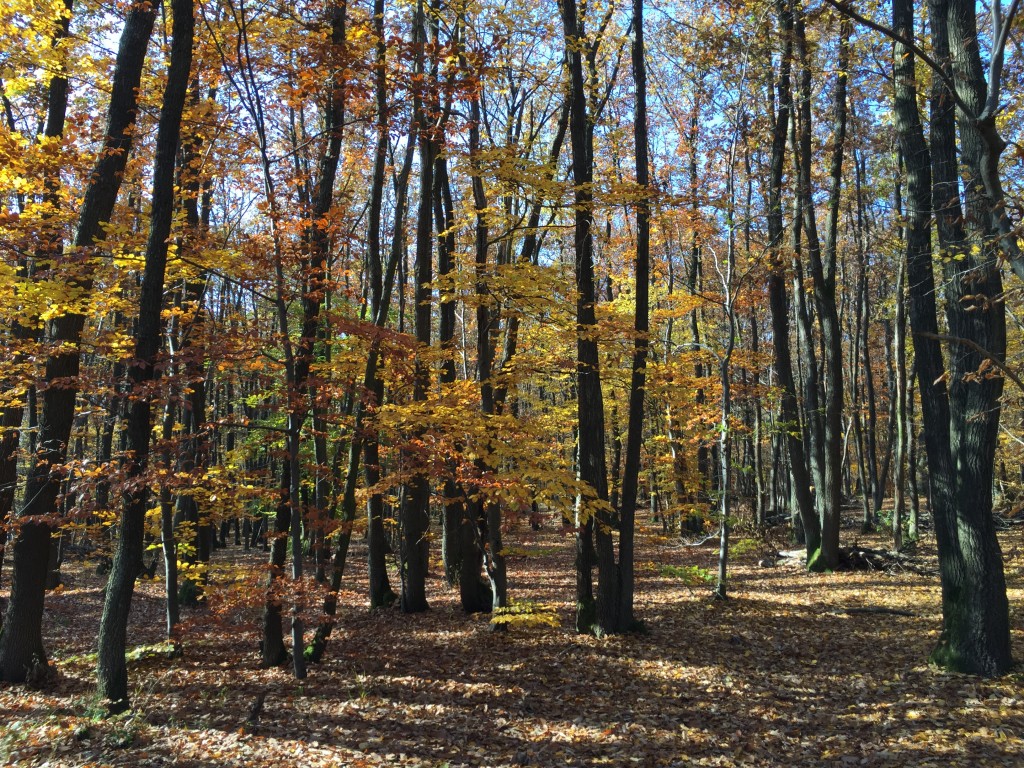
Coppice woodlands once provided significant shares of biomass for thermal energy in the proximity to urban areas, while representing hotspots of biodiversity. Can we adopt traditional management practices to today’s needs and still ensure sustainable production? And how can we harmonize existing guidelines to achieve this goal? The image shows a Quercus-Carpinus dominated outgrown coppice forest that is situated within the city boundaries of Vienna, Austria. (Photo by Viktor Bruckman)
Renewable resources are critical to the sustainable future of our planet. That means biomass is being looked on, in many ways, as a potential game-changer.
It is seen as a mitigator of climate change, as a source of energy and as the source for a variety of bio-based products that range from wood to bio-plastics and composite materials.
Recognizing this, IUFRO’s newly constituted Sustainable Forest Biomass Network Task Force plans to explore the potentials and the risks of further development of biomass – specifically biomass from forests.
The Task Force is one of several organized to advance knowledge under five research themes in accordance with the IUFRO 2015-2019 Strategy. Read more…
Interconnecting forests, science and people
There is a great acceleration going on in the world. The challenges that we are facing – population growth, urbanization, shortage of food and clean water, climate change and many more – are growing fast.
Research networking and global collaboration across scientific disciplines have proved to be an efficient way of generating the scientific knowledge that is indispensable for finding viable solutions to these problems. Read more…
Spotlight #33 – Connecting the Dots among Forests, Soils and Water
When one thinks of forests, the immediate thought is most likely of trees. That makes sense.
But forests and trees don’t exist in isolation. Things that affect – and are affected by – forests range from human activities to climate; from water and soils to insects and disease and from economics to forest products, to name just a few.
With that in mind, the IUFRO 2015-2019 Strategy focuses on five research themes: Forests, Soil and Water Interactions; Forests for People; Forests and Climate Change; Forests and Forest-based products for a Greener Future; and Biodiversity, Ecosystem Services and Biological Invasions. Read more…
A Global Strategy Needed for Forest Health and Biosecurity
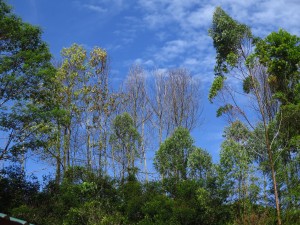
“Dead and dying Acacia trees in Asia due to infection by the wilt pathogen Ceratocystis.” Photo by Mike Wingfield
Scientists call for innovative solutions and a better-coordinated global approach to manage invasive pests and protect the value and potential of planted forests.
(Pretoria/Vienna 21 August 2015) Forests worldwide are continually under threat from introduced insects and pathogens. This is despite the best biosecurity efforts. Without a concerted global effort to understand and control invasive pests, this problem is expected to worsen as international trade increases. Read more…

